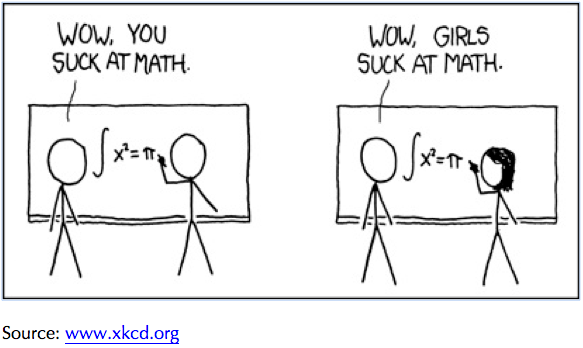Should you consider a career in science or math? The short answer is no – not if you are in it for the money. The long answer is yes – if you enjoy solving problems.
Our society requires elite thinkers to help us move forward, to solve problems, to identify possible ways to help others, and to develop different paths for everyone to live. Finding the elite is a purpose of schooling, yet this is rarely discussed in public. Schools filter.
Lately schools are focusing on STEM. STEM is the acronym for science, technology, engineering, and mathematics. The reason is simple – follow the money. However, the reality is that we are always in need of the best thinkers being trained in the four disciplines. They should also be well trained in the arts.
Robert N. Charette compiles evidence to suggest any looming STEM crisis is a myth.
The departure of STEM graduates to other fields starts early. In 2008, the NSF surveyed STEM graduates who’d earned bachelor’s and master’s degrees in 2006 and 2007. It found that 2 out of 10 were already working in non-STEM fields. And 10 years after receiving a STEM degree, 58 percent of STEM graduates had left the field, according to a 2011 study from Georgetown University.
We could consider a different perspective. Many people enter college believing they will follow a particular career path. As the individual matures, decisions are made which turn their focus in a direction. This direction may be different from the original goal.
Consider the large number of students entering college with the hope of becoming a medical doctor. Most drop this notion as soon as they hit organic chemistry or another rigorous science course. The importance of these wash-out courses is never highlighted as to selecting the best people to become medical doctors.
Regardless, the author directs our attention to an important historical trend regarding science and mathematics careers:
Michael S. Teitelbaum, a Wertheim Fellow at Harvard Law School and a senior advisor to the Alfred P. Sloan Foundation, has studied the phenomenon, and he says that in the United States the anxiety dates back to World War II. Ever since then it has tended to run in cycles that he calls “alarm, boom, and bust.”
The author explains that we are now in the alarm phase. As high school students enter the workforce, the bust will follow.

